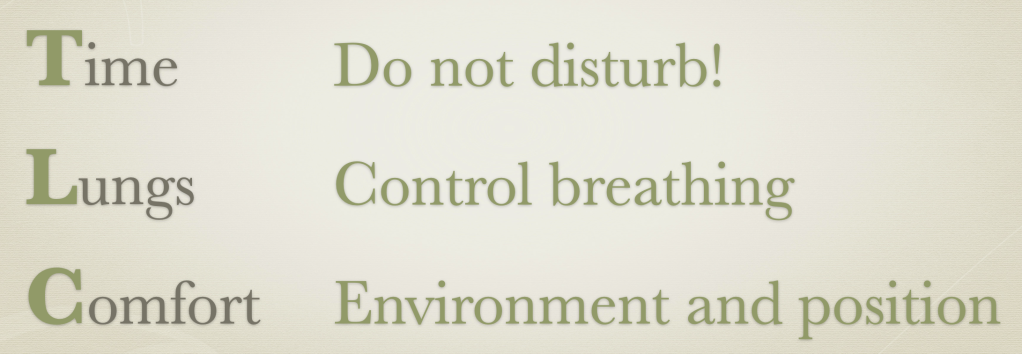Why is it that as soon as you want to be able to sit still, calm your thoughts and generally relax, something goes wrong? Your nose won’t stop itching – it wasn’t itching previously but now it feels as if a strands of fluff are tickling it. You can’t get the annoying song from an advert out of your head and your dog / cat / child / partner suddenly seems to need all of your attention, right now!

You are not alone – this happens to many of us. In the case of the partner, child or pet, we tend to put their needs above our own and deprive ourselves of important time for self-care. That annoying song (I recently discovered this is known as an ear worm!) is your mind distracting itself and we can do something about that by replacing the song with something else more conducive to meditation and relaxation practices – visualisation. The itchy nose can also be helped by this, although if you’re suffering from hay fever it may not do!
Find time for yourself
You will find it impossible to mentally relax if you don’t protect time for your mindfulness practice. The secret is to give yourself some TLC!

Protect some time
if that means actually writing it down or setting a reminder, then do this. Don’t feel that you have to protect lots of time – if you only have 5 or 10 minutes then that’s fine. Try and pick a time of day when other interruptions won’t get in the way and you will be able to focus inwards. If first thing in the morning is a major rush and your brain is whirling, or you’re just not a morning person, then pick another time of day. I usually mediate in the evening because I find it helps me to switch off before bed. Mornings just don’t work for me so I don’t practice then.
Make sure you can breathe!
I know this sounds a bit obvious but if your meditation posture is such a strain to hold that you finds yourself gritting your teeth and taking shallow breaths, then this is not the posture for you at this time! Sitting cross-legged on the floor can be painful and difficult for many of us and it’s not compulsory! You need to be able to take relaxed easy breaths – if that means sitting on a chair with your back supported, then that is fine. If you have a cold and need to breathe through your mouth then do so.
Make yourself comfortable
Finding a comfortable seat can help. If doing a relaxation lying down is uncomfortable, then try supporting the backs of the knees with a bolster, rolled blankets or cushions. An eye pillow is an excellent prop for helping the face to relax and placing a thin cushion or blanket under the head can help the neck to relax as well. Your environment should also be comfortable – try and find a place that has a temperature you like, is free from draughts and is somewhere you won’t get tripped over by anyone!
Create a mindfulness space
Creating your own unique mindfulness space can help get your practice started and make it easier to keep going. Find a place where you feel at ease and relaxed – it could be a particular room or just a corner of a room. Place items that help you relax or have meaning for you in the space. These could be items that have spiritual meaning if you practice a faith or they could be items that have a deep connection with you.
Meditating and relaxing in the same place, surrounded by items which bring you peace, will embed security and build a routine – helping you to maintain your mindfulness habit.
In my next article, I’ll be exploring how you can start to focus your mind and use visualisations to help. If you haven’t read my first article on this subject, you can find out more about mindfulness practices here.

3 thoughts on “Getting started with your mindfulness practice”